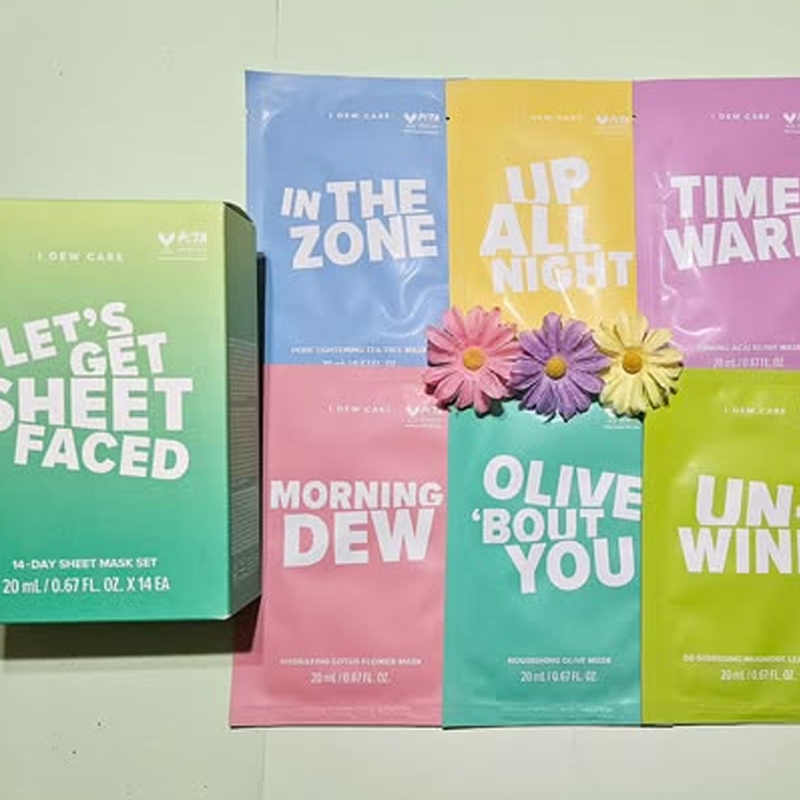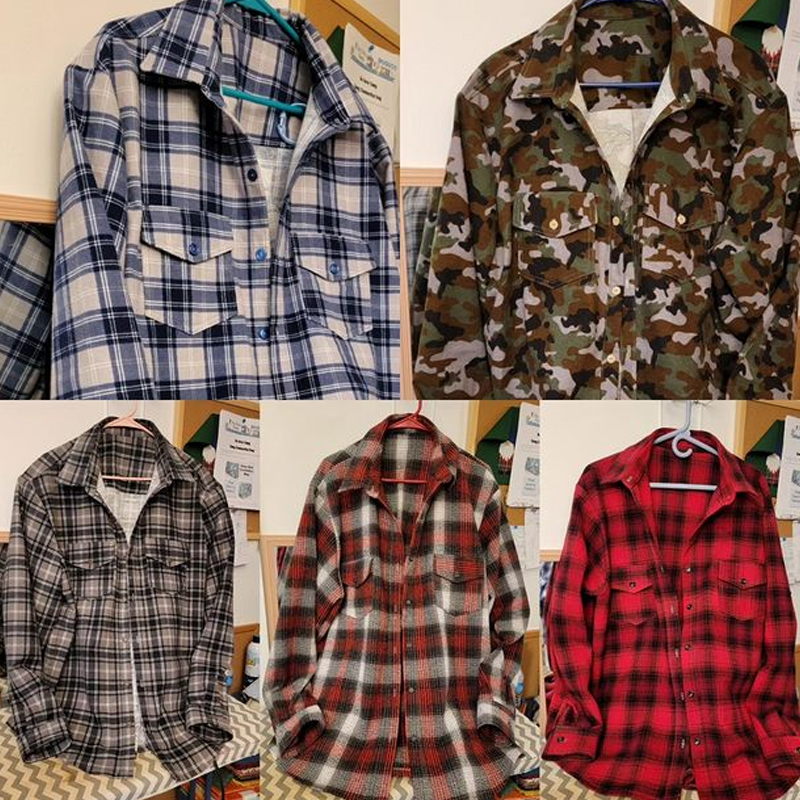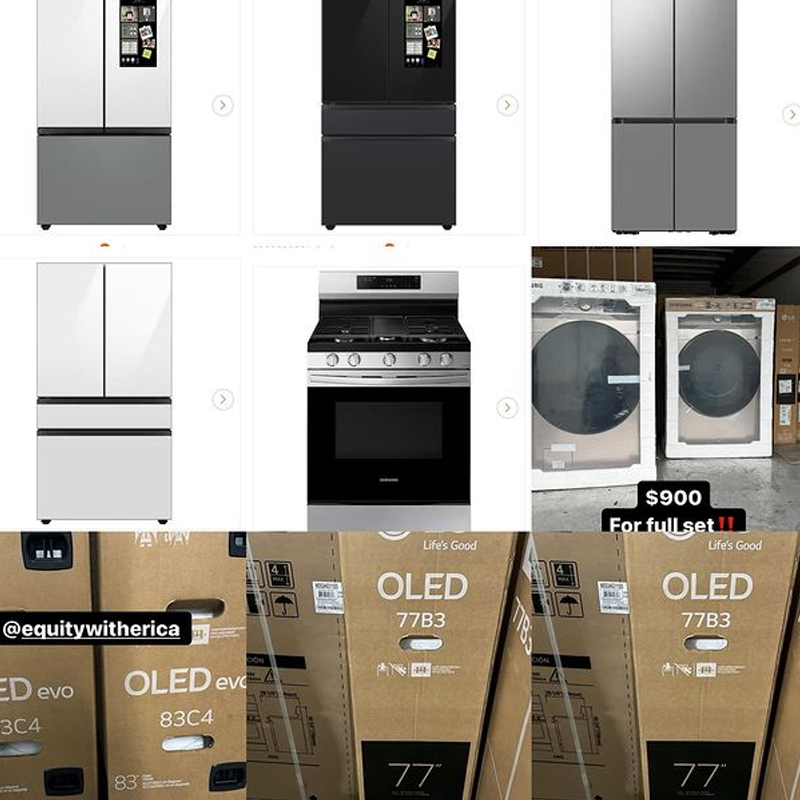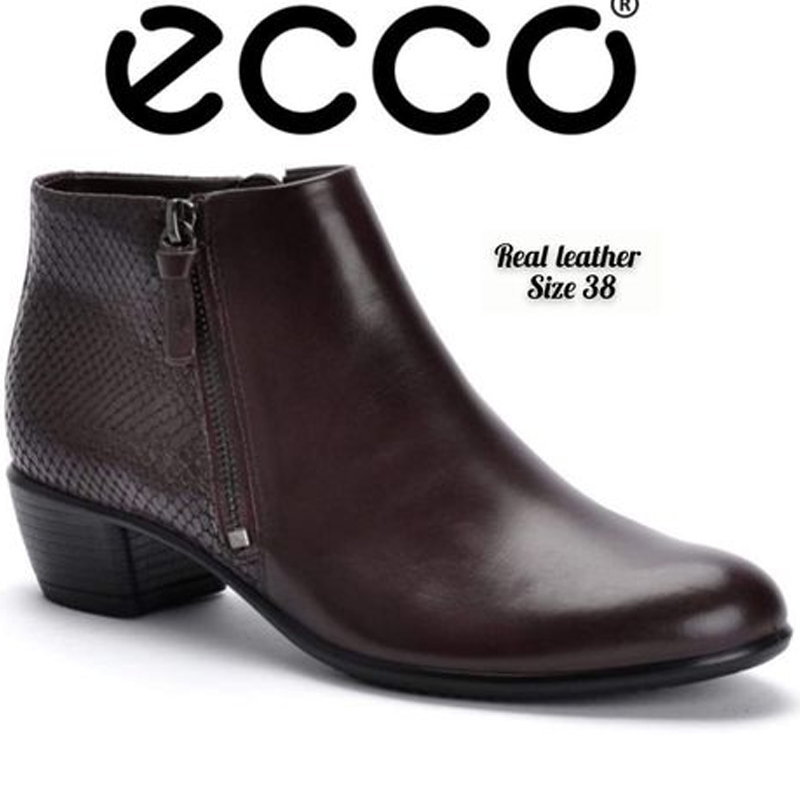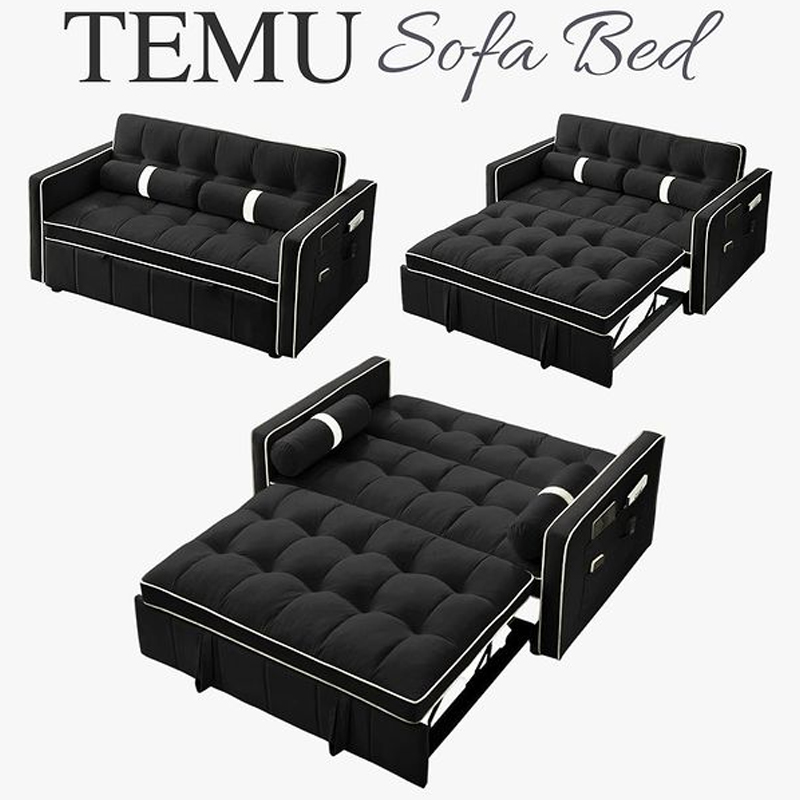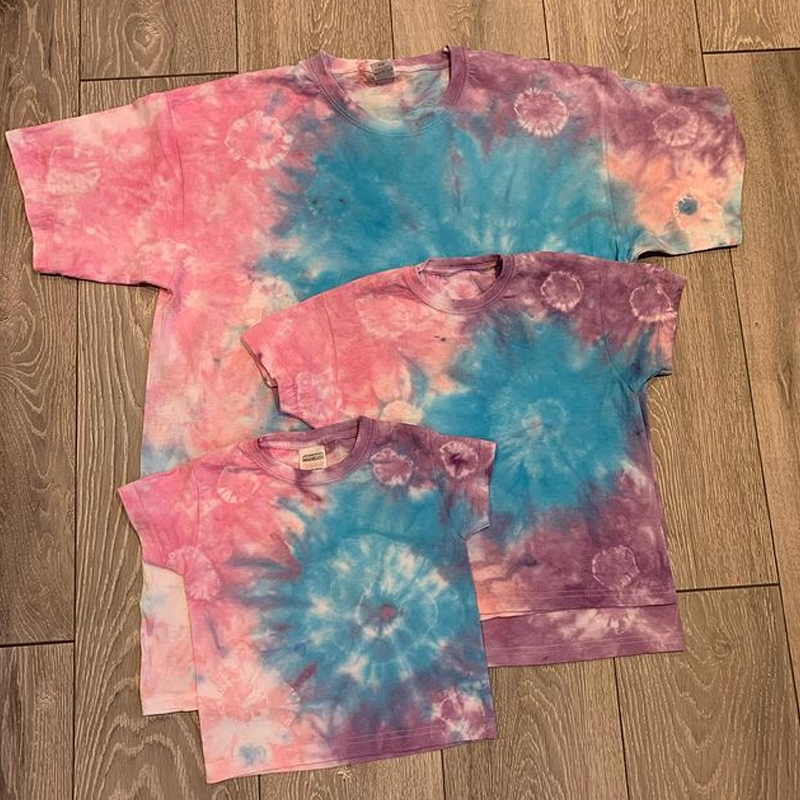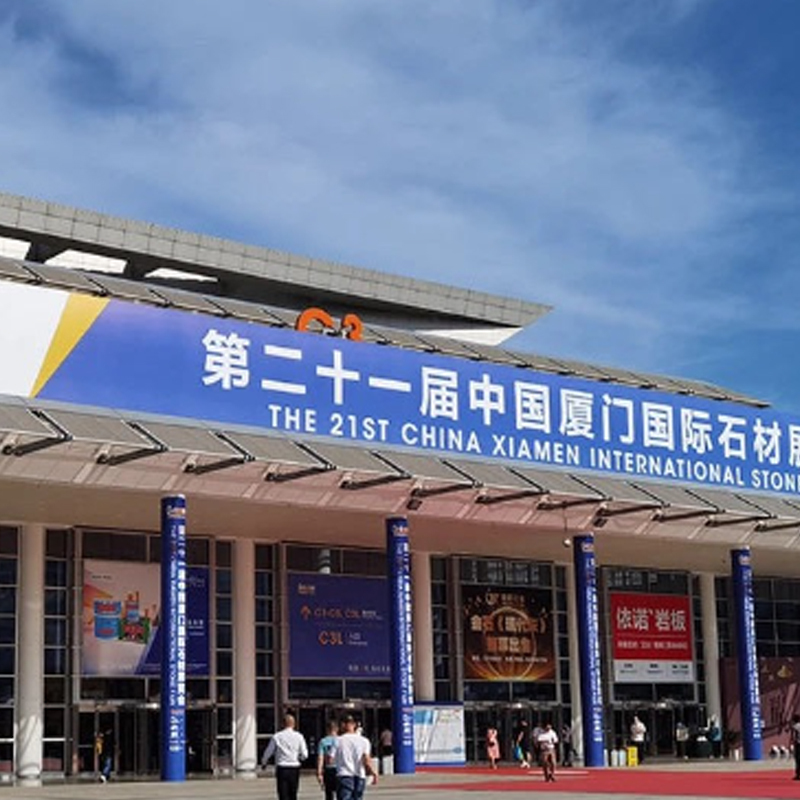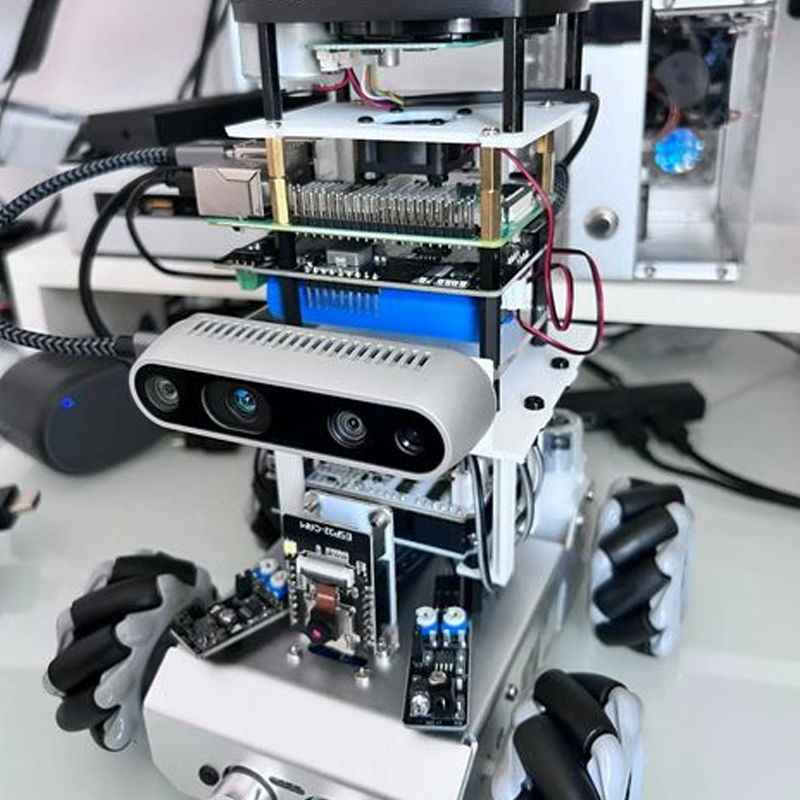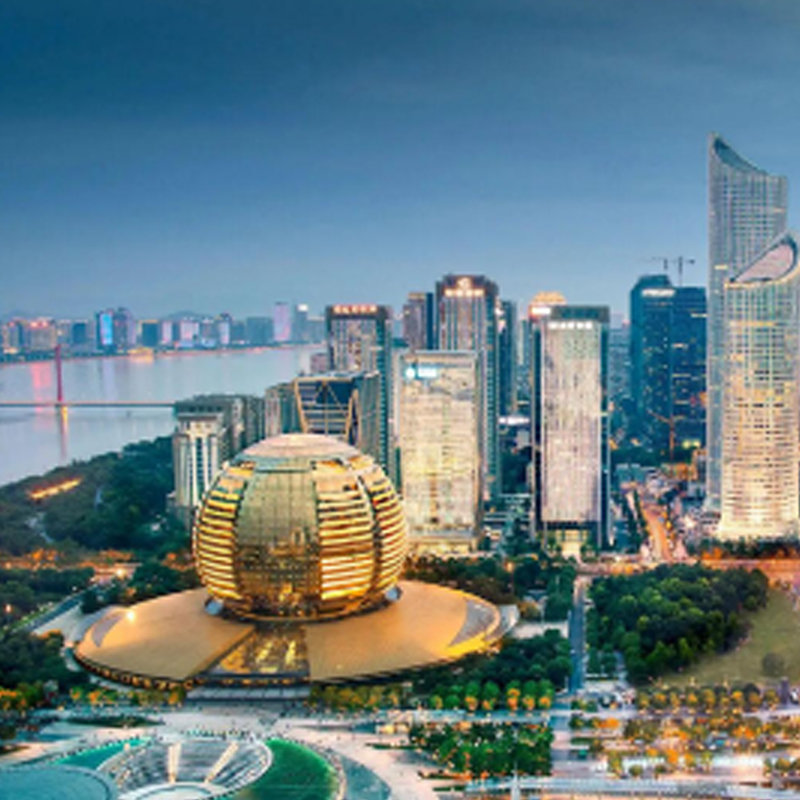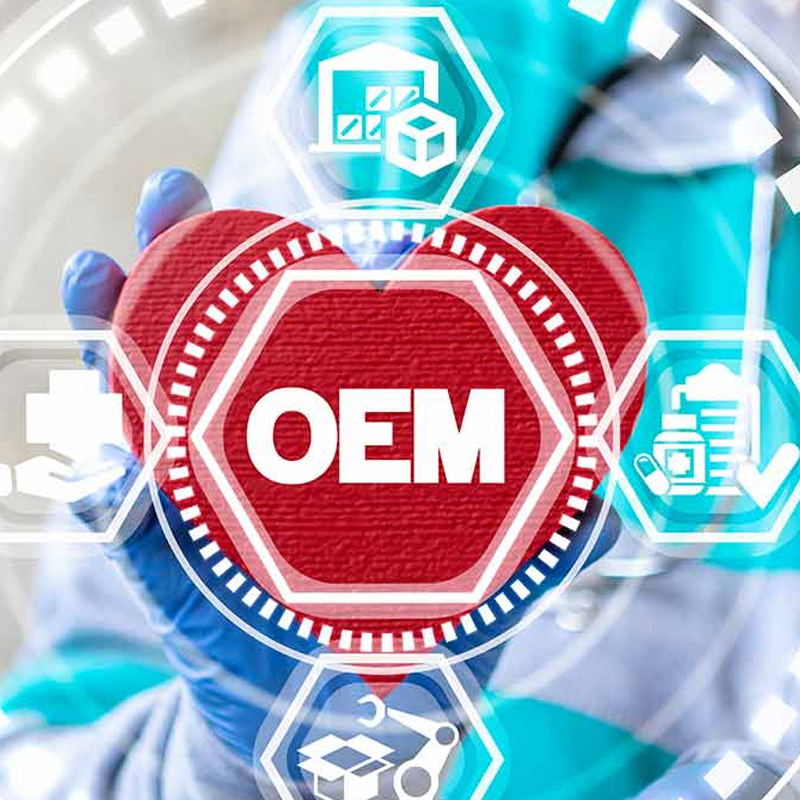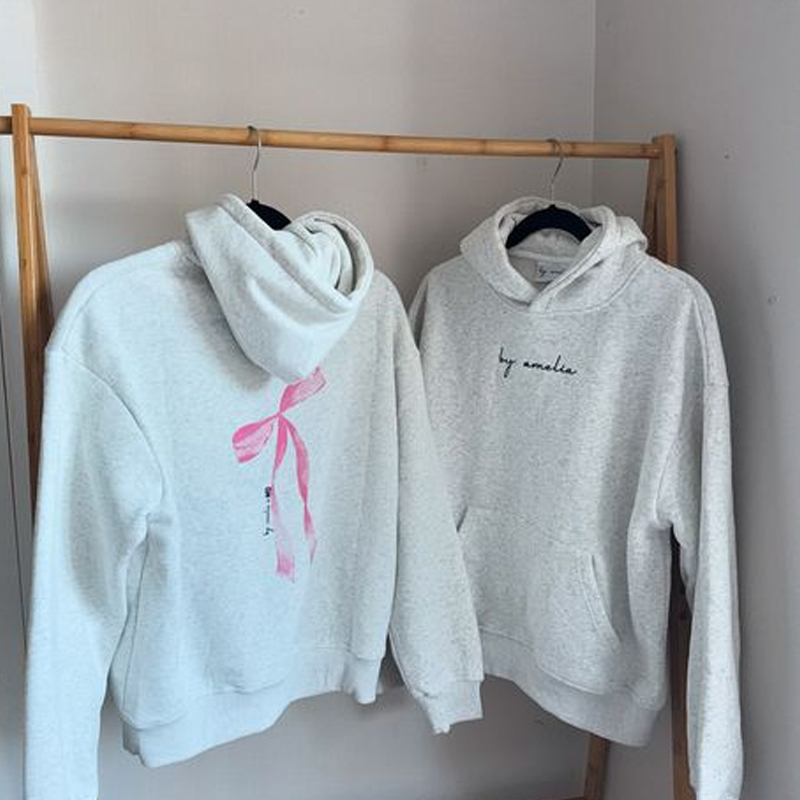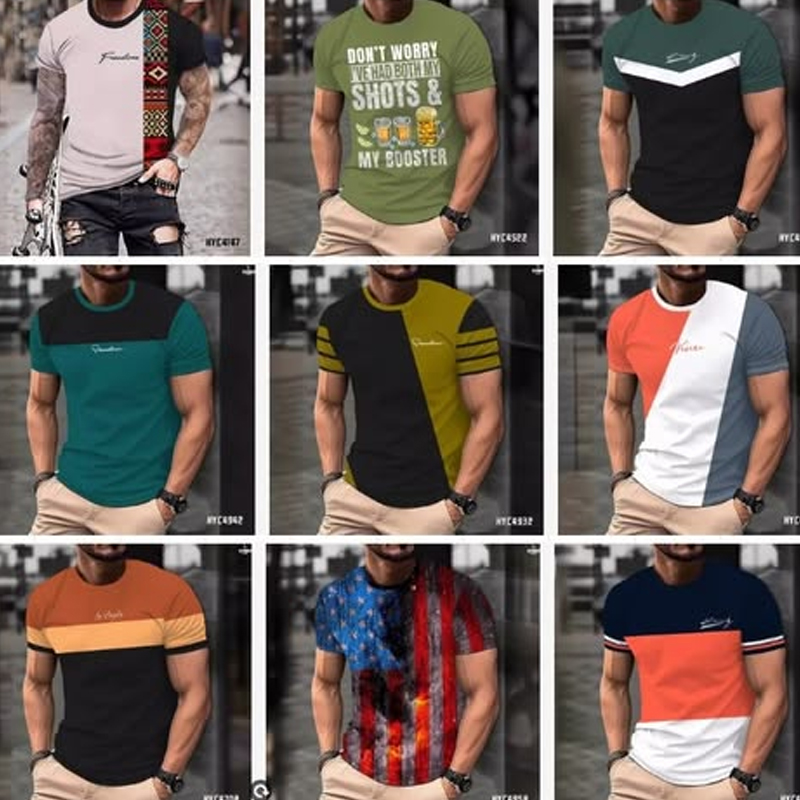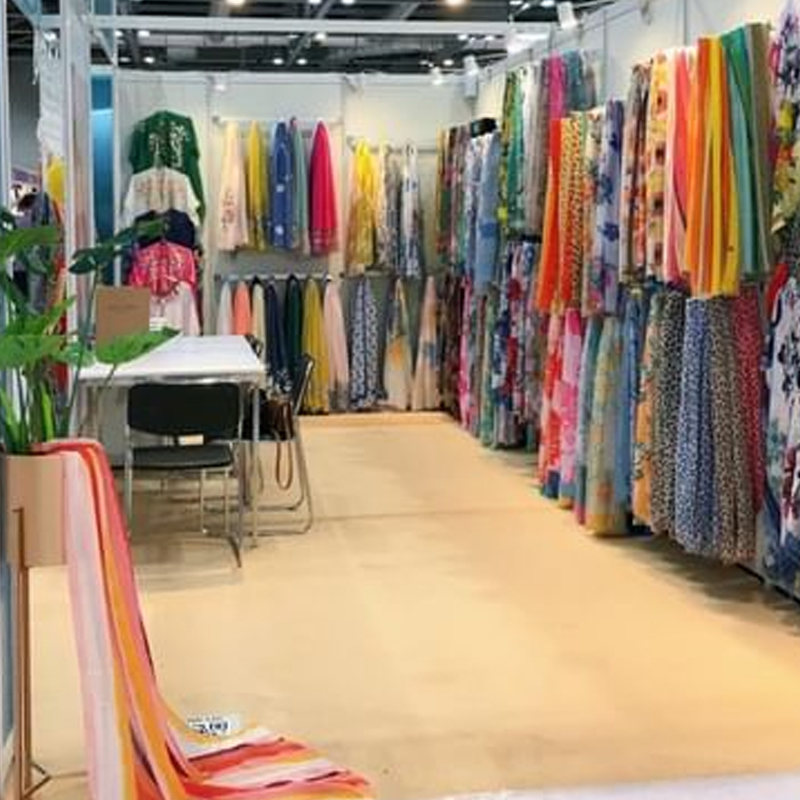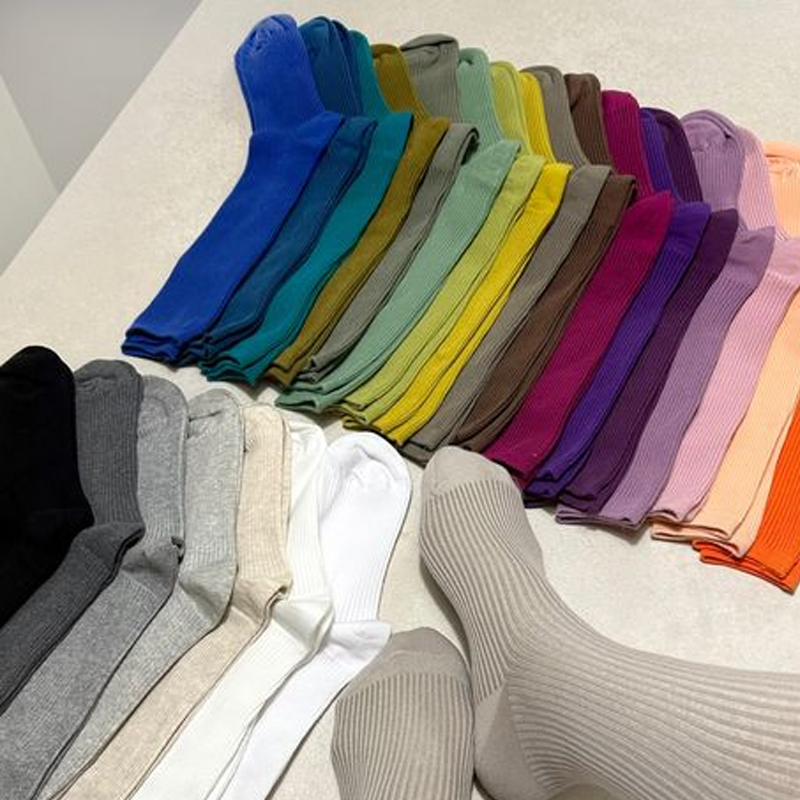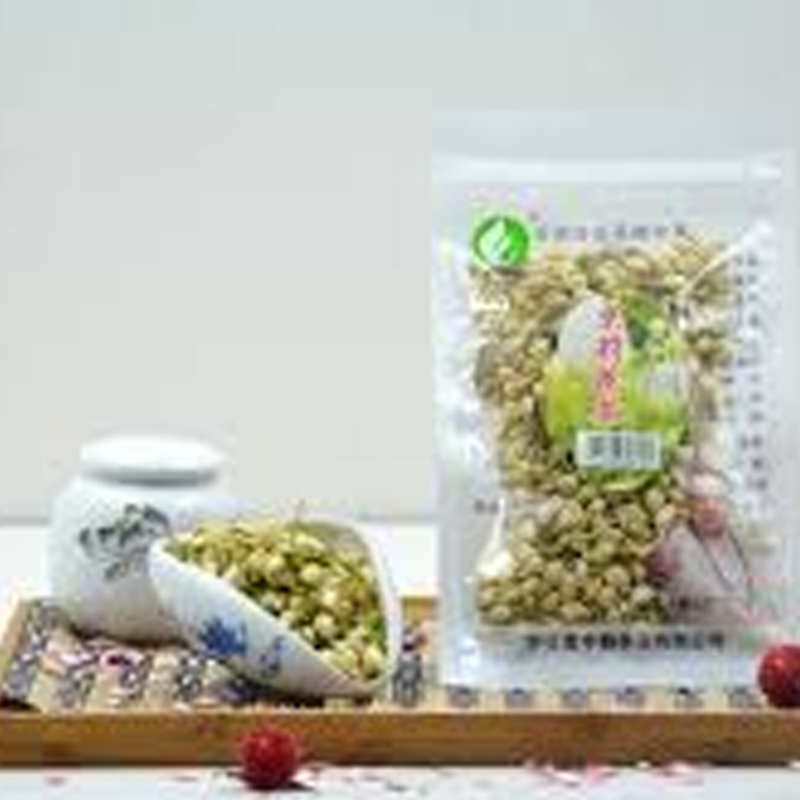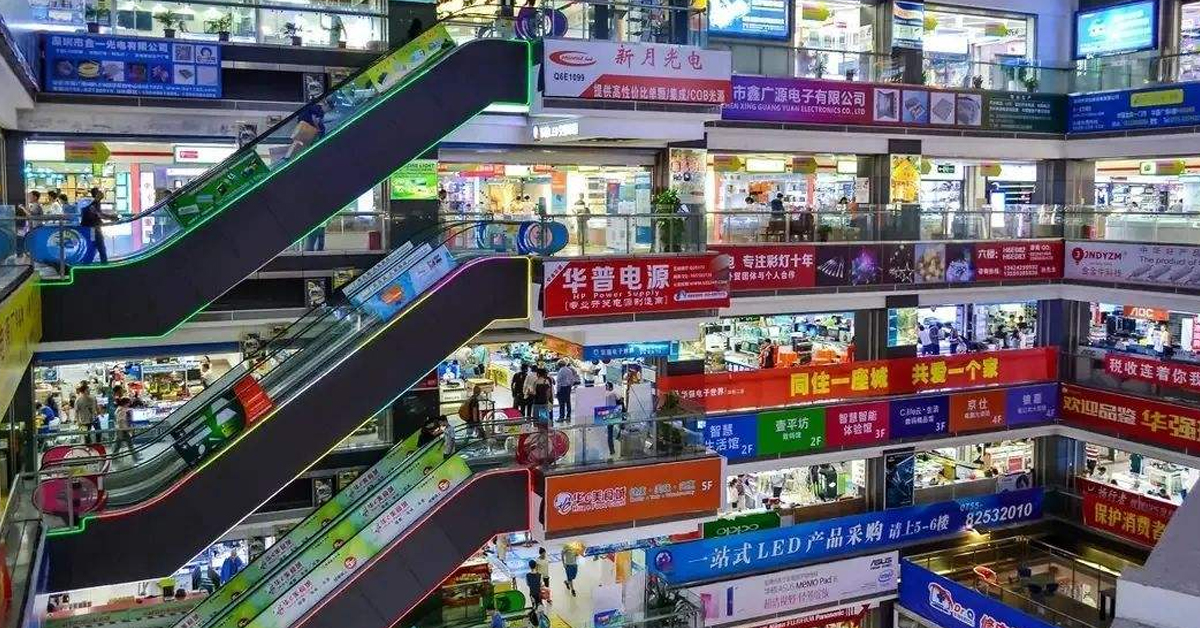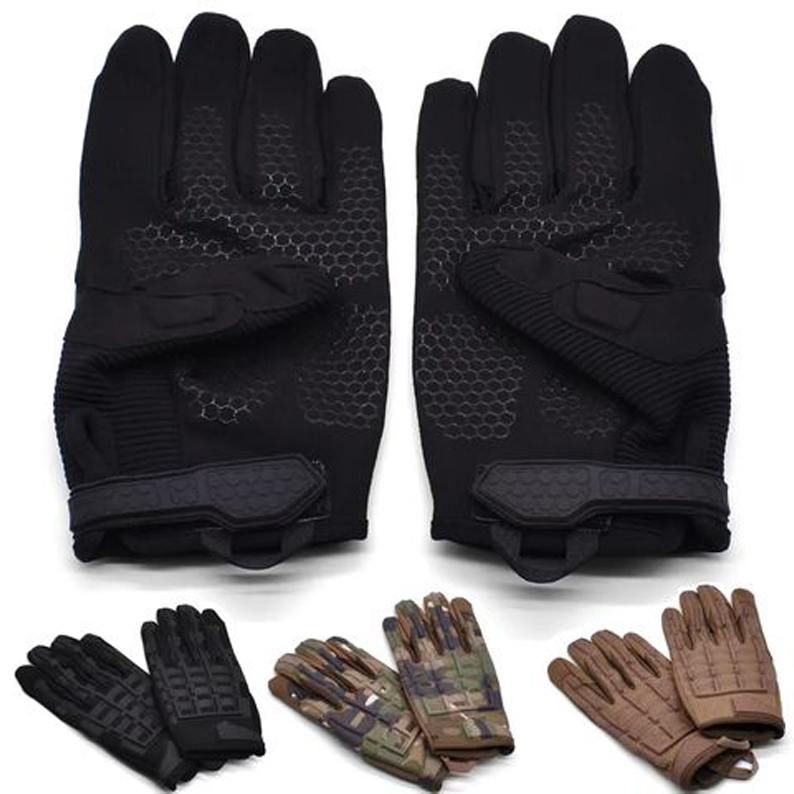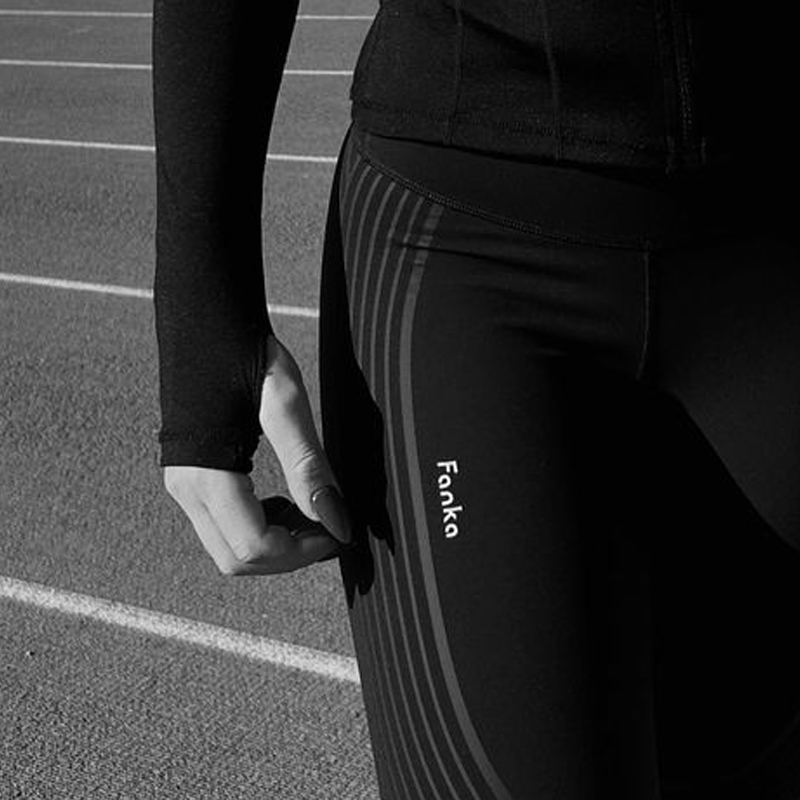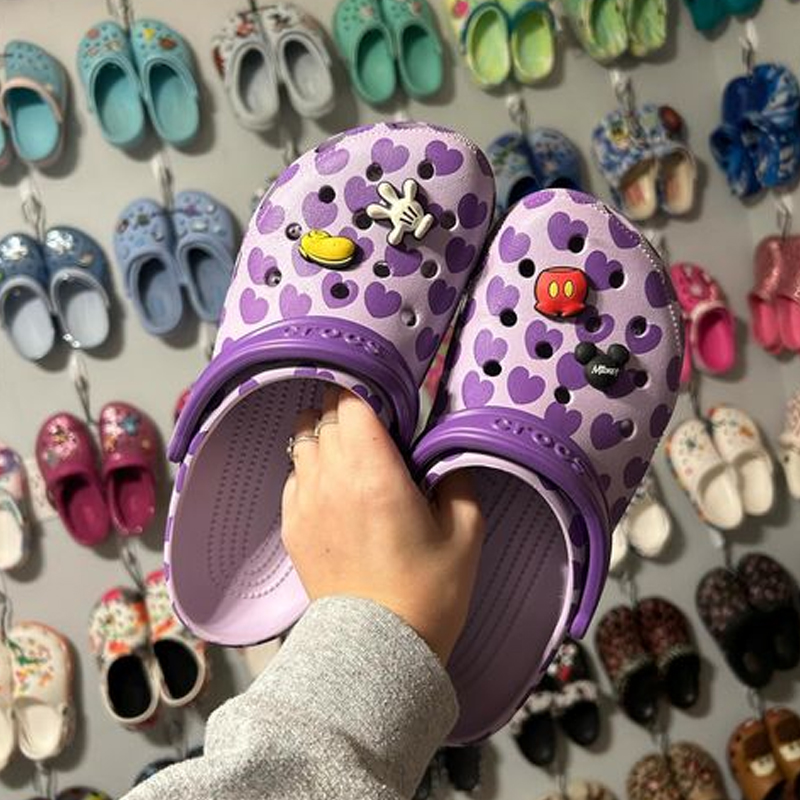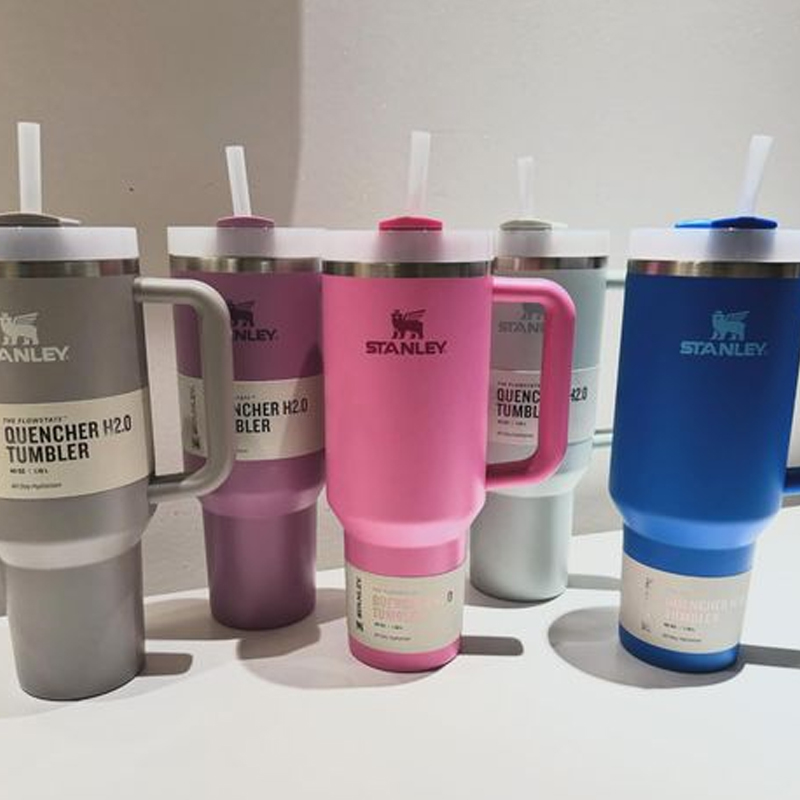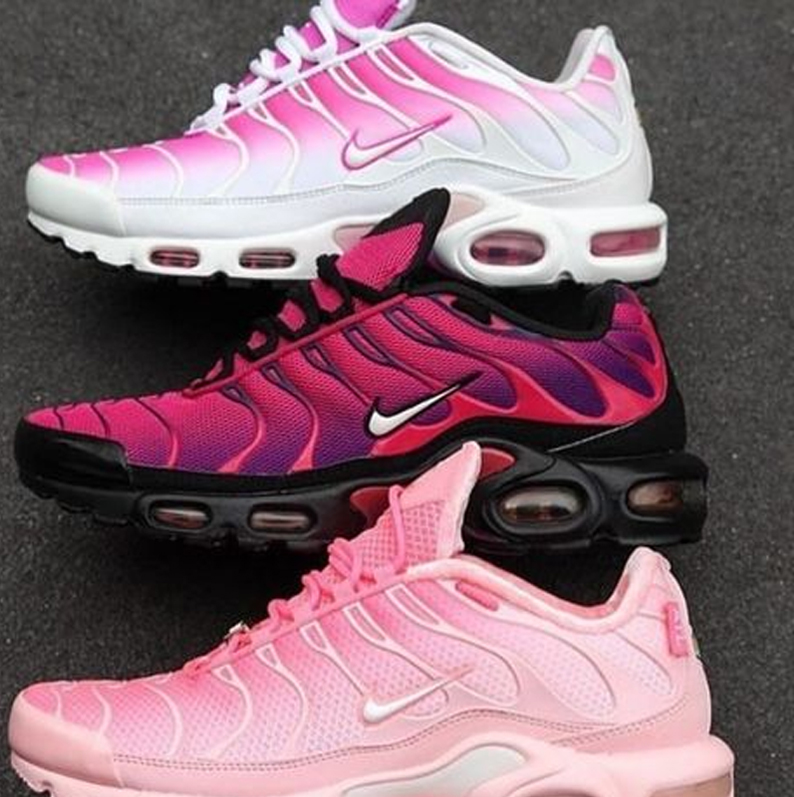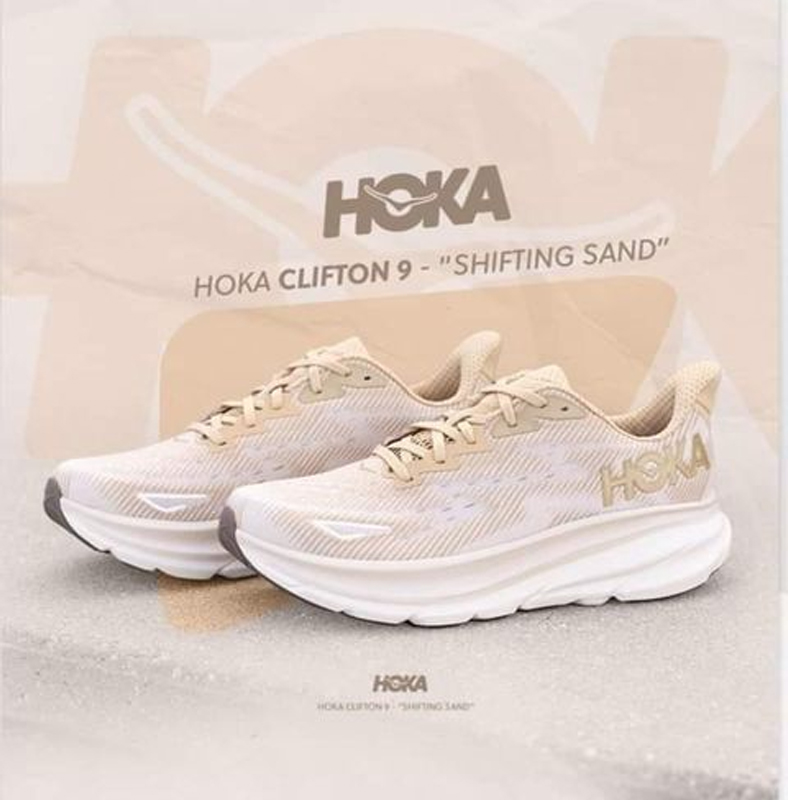Ever wonder where your favorite Lululemon leggings come from? Join us on a journey through Lululemon’s manufacturing countries, production facilities, and fabric sourcing practices. We’ll explore the brand’s supply chain management, quality control measures, and commitment to ethical manufacturing and sustainable practices. From Vietnam to China to Sri Lanka, discover the global tapestry behind your go-to athleisure wear.
Key Takeaways: Lululemon’s Global Manufacturing Landscape
- Lululemon’s production spans multiple countries, including Vietnam, China, and Sri Lanka
- The brand prioritizes quality control and innovative fabric development
- Ethical manufacturing and sustainability are core values in Lululemon’s supply chain
- Understanding the origins of your athleisure wear can inform conscious consumer choices
Where Does Lululemon Manufacture Its Products?
Lululemon, founded in 1998 with its headquarters in Vancouver, Canada, has grown into a global athleisure powerhouse. The brand’s manufacturing footprint extends across several countries, with significant production facilities located in Asia.
The primary countries where Lululemon’s products are made include:
- Vietnam: A major hub for Lululemon’s production
- China: Home to numerous factories producing Lululemon gear
- Sri Lanka: An emerging center for Lululemon manufacturing
- Taiwan: Known for technical fabric development
- Indonesia: Contributing to Lululemon’s production capacity
This diverse manufacturing network allows Lululemon to leverage each country’s strengths in garment construction and material science, ensuring high-quality products that meet the demands of the athleisure industry.

What Sets Lululemon’s Fabric Sourcing Apart?
At the heart of Lululemon’s success lies its innovative approach to fabric sourcing. The brand is renowned for its technical fabric development, which combines functionality with comfort. Lululemon’s proprietary fabrics, such as Luon and Nulu, originate from extensive research and collaboration with textile experts worldwide.
Key aspects of Lululemon’s fabric sourcing include:
- Partnerships with specialized mills for exclusive materials
- Rigorous performance testing to ensure fabric quality
- Focus on sweat-wicking technology and yoga wear innovation
- Commitment to sustainable practices in material selection
These efforts in fabric sourcing contribute significantly to Lululemon’s position as a leader in the athleisure market, setting new standards for comfort and performance in activewear.
How Does Lululemon Manage Its Global Supply Chain?
Lululemon’s supply chain management is a complex orchestration of global logistics, quality control, and ethical considerations. The brand has developed a robust system to oversee its diverse network of suppliers and manufacturers across multiple countries.
| Supply Chain Aspect | Lululemon’s Approach |
|---|---|
| Supplier Selection | Rigorous vetting process focusing on quality and ethical standards |
| Quality Assurance | Regular factory audits and on-site inspections |
| Inventory Management | Advanced forecasting and just-in-time production strategies |
| Sustainability | Integration of eco-friendly practices throughout the supply chain |
This comprehensive approach ensures that Lululemon can maintain consistent quality across its global production network while adhering to its brand ethics and sustainability goals.
What Quality Control Measures Does Lululemon Implement?
Lululemon’s commitment to quality is evident in its rigorous quality control processes. From the initial fabric selection to the final product, each step is carefully monitored to ensure that every item meets the brand’s high standards.
Key quality control measures include:
- Material Testing: Fabrics undergo extensive performance testing for durability, stretch, and moisture-wicking properties.
- Production Oversight: Regular inspections of manufacturing facilities ensure adherence to quality standards.
- Product Testing: Finished products are subjected to wear tests and quality checks before distribution.
- Customer Feedback Integration: Continuous improvement based on real-world user experiences.
These measures contribute to Lululemon’s reputation for high-quality athleisure wear that performs well under various conditions.
Made in Vietnam: A Closer Look at Lululemon’s Production Hub
Vietnam has emerged as a crucial manufacturing center for Lululemon, with a significant portion of the brand’s products being made in the country. The shift towards Vietnamese production facilities reflects broader trends in the global garment industry.
“Vietnam’s skilled workforce and improving infrastructure have made it an attractive destination for athleisure brands like Lululemon.”
Key aspects of Lululemon’s production in Vietnam include:
- State-of-the-art factories equipped for technical garment construction
- Focus on worker conditions and fair labor practices
- Increasing capacity to meet growing global demand
- Integration of sustainable manufacturing processes
As Lululemon continues to expand its production in Vietnam, the country plays an increasingly important role in the brand’s global supply chain strategy.

China’s Role in Lululemon’s Manufacturing Landscape
Despite a shift towards diversification in recent years, China remains a significant player in Lululemon’s manufacturing landscape. The country’s factories offer a combination of expertise in technical fabric development and large-scale production capabilities.
Lululemon’s presence in China includes:
- Partnerships with established textile manufacturers
- Access to cutting-edge material science and innovation
- Efficient production facilities capable of meeting high-volume demands
- Ongoing efforts to improve sustainability and worker conditions
While Lululemon has reduced its reliance on Chinese manufacturing in recent years, the country’s role in the brand’s supply chain remains important, particularly for specialized fabrics and technical innovations.
Sri Lanka: Lululemon’s Emerging Production Powerhouse
Sri Lanka has become an increasingly important part of Lululemon’s global manufacturing strategy. The country’s garment industry has gained recognition for its focus on ethical manufacturing and sustainable practices, aligning well with Lululemon’s brand values.
Key features of Lululemon’s production in Sri Lanka include:
- Modern production facilities with a focus on eco-friendly operations
- Skilled workforce specializing in high-quality garment construction
- Strong emphasis on worker welfare and fair labor practices
- Growing capacity for producing Lululemon’s core product lines
As Lululemon expands its presence in Sri Lanka, the country is poised to play an increasingly significant role in the brand’s global production network.
How Does Lululemon Ensure Ethical Manufacturing?
Lululemon’s commitment to ethical manufacturing is a core part of its brand identity. The company has implemented various initiatives to ensure that its products are made under fair and safe conditions across its global supply chain.
Key aspects of Lululemon’s ethical manufacturing approach include:
| Initiative | Description |
|---|---|
| Supplier Code of Ethics | Comprehensive guidelines for ethical labor practices and worker rights |
| Regular Audits | Frequent inspections of manufacturing facilities to ensure compliance |
| Worker Empowerment Programs | Initiatives to improve worker well-being and professional development |
| Transparency Reporting | Public disclosure of manufacturing locations and audit results |
These efforts demonstrate Lululemon’s commitment to responsible business practices and its recognition of the importance of ethical manufacturing in the athleisure industry.
Sustainable Practices: Lululemon’s Eco-Friendly Initiatives
Sustainability has become an increasingly important focus for Lululemon, reflecting growing consumer demand for environmentally responsible products. The brand has implemented various initiatives to reduce its environmental impact across its supply chain.
Lululemon’s sustainable practices include:
- Material Innovation: Development of eco-friendly fabrics and recycled materials
- Water Conservation: Implementation of water-saving technologies in manufacturing processes
- Energy Efficiency: Transition to renewable energy sources in production facilities
- Waste Reduction: Circular economy initiatives and packaging improvements
These efforts align with broader trends in fashion sustainability and demonstrate Lululemon’s commitment to reducing its environmental footprint while maintaining product quality.
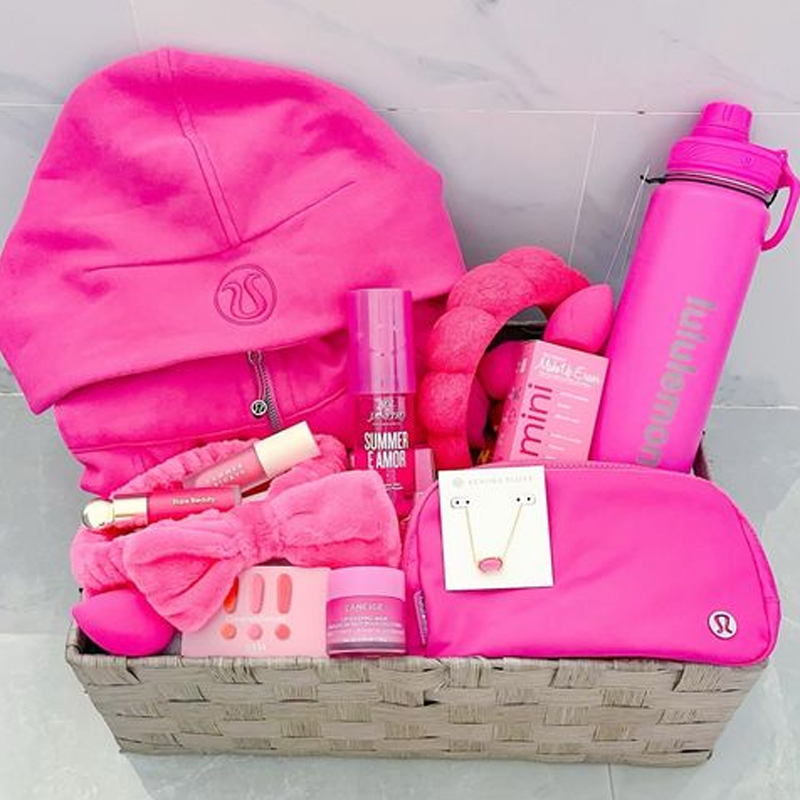
The Future of Lululemon’s Global Manufacturing: Trends and Innovations
As the athleisure industry continues to evolve, Lululemon is adapting its manufacturing strategies to stay ahead of the curve. The brand is exploring new technologies and production methods to enhance its global operations.
Emerging trends in Lululemon’s manufacturing include:
- Increased automation in production processes
- Expansion of on-demand manufacturing capabilities
- Further integration of sustainable and circular economy principles
- Enhanced customization options for consumers
These innovations are likely to shape the future of Lululemon’s global fabric sourcing and production strategies, ensuring the brand remains at the forefront of the athleisure market.
Conclusion: The Global Tapestry of Your Lululemon Gear
Understanding the origins of your Lululemon athleisure wear reveals a complex global network of manufacturing expertise, innovative fabric development, and commitment to quality. From Vietnam to China to Sri Lanka, each piece of Lululemon gear is the result of a carefully orchestrated production process that spans continents.
For businesses looking to tap into the efficiency and expertise of global manufacturing, particularly in China, partnering with experienced sourcing agents can be invaluable. Companies like BuyFromChinaDirect offer tailored solutions to navigate the complexities of international production, ensuring quality control and ethical practices align with brand values.
As consumers become increasingly conscious of the origins of their clothing, brands like Lululemon are setting new standards for transparency and sustainability in the athleisure industry. By unveiling the global fabric of your favorite workout wear, we gain a deeper appreciation for the innovation, craftsmanship, and ethical considerations that go into each garment.

